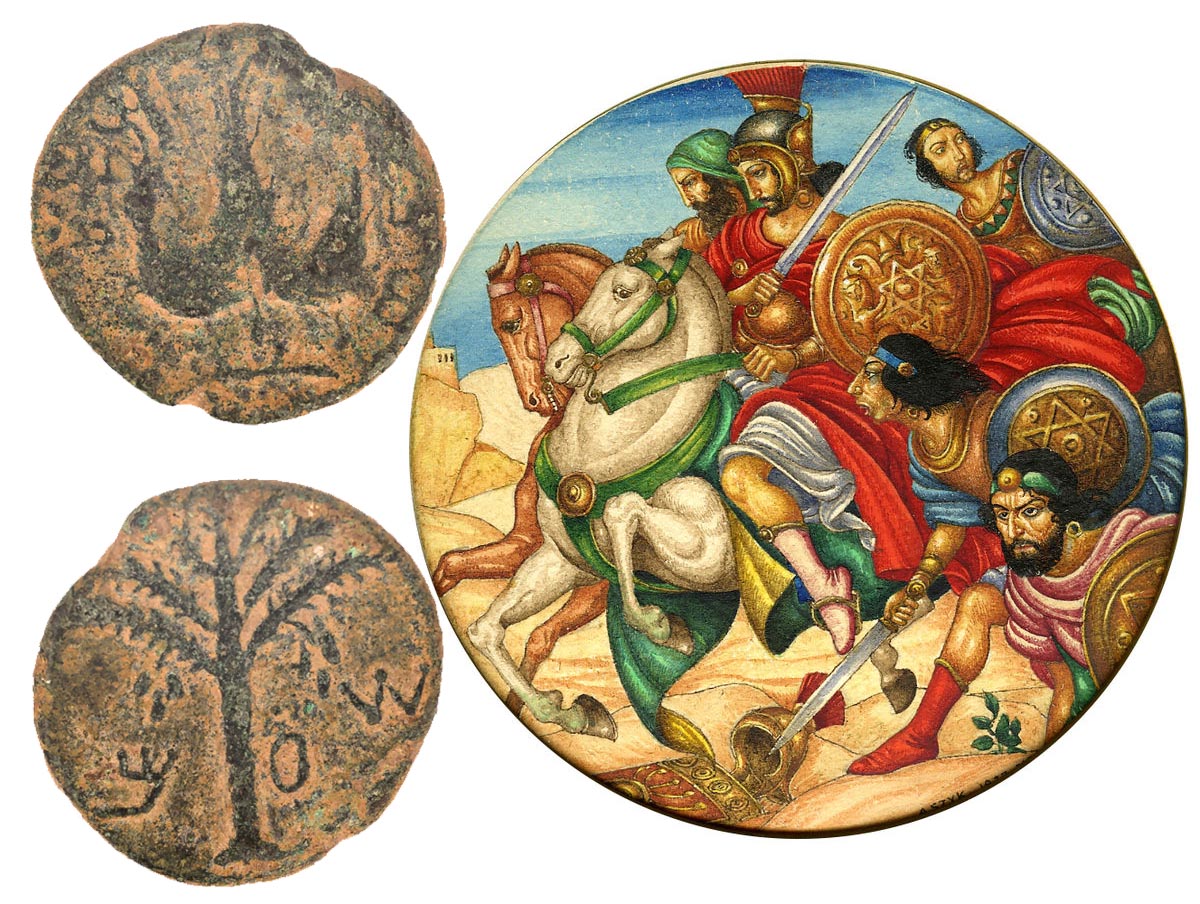Bar Kochba – The Man and The Coins

During the time of Jesus, Judea was a province under the control of Rome. The Jewish people were not fond of their Roman overlords and tried multiple times to establish their independence. They looked for a messiah to deliver them from the Romans, yet they overlooked Jesus, who came for a far greater purpose.
During this period, several leaders arose among the Jews, attempting to overthrow the Romans. The first Jewish revolt resulted in the destruction of Jerusalem in AD 70, including the Jewish temple. The next major revolt, led by Simon Bar Kochba, began in AD 132 and lasted until AD 136.
Some of Bar Kochba’s followers saw him as the long-awaited messiah, whom they expected to deliver them from the Romans. They referred to him as a prince, and his name reflected the Jewish word for star, kokhav. The people saw him as the star and scepter mentioned in the messianic prophecy of Numbers 24:17.
“I see Him, but not now; I behold Him, but not near; a Star shall come out of Jacob; a Scepter shall rise out of Israel.” – Numbers 24:17
Coins minted during the Bar Kochba revolt featured Jewish iconography to stir the patriotic spirit of the people. The silver shekel of the Bar Kochba revolt featured an image of the Jewish temple in Jerusalem. By this time, the temple had lain in ruins for over 50 years, yet the use of this iconography shows that it was still fresh in the memories of the people. Above the temple, the coin features a rising star, symbolizing Bar-Kochba as the messiah. The reverse of the coin features a palm frond, known as a lulav, which is associated with the Jewish festival of Succoth. It reads, “For the freedom of Jerusalem” in paleo-Hebrew text, another appeal to Jewish tradition.
Unfortunately, Simon Bar Kochba failed in his role as messiah. The Roman army wore down the defenses of the rebels, and in AD 135, Bar Kochba died, and the revolt failed shortly thereafter.

